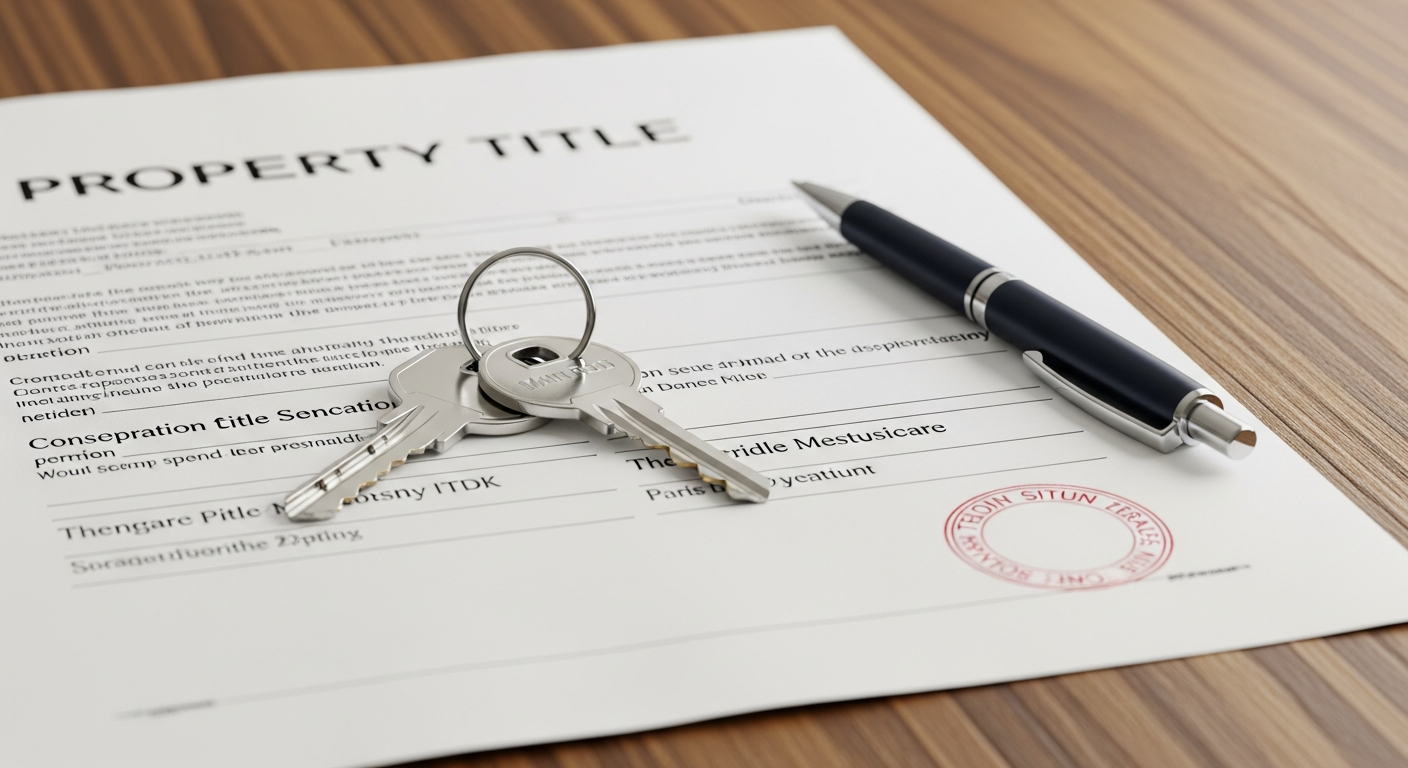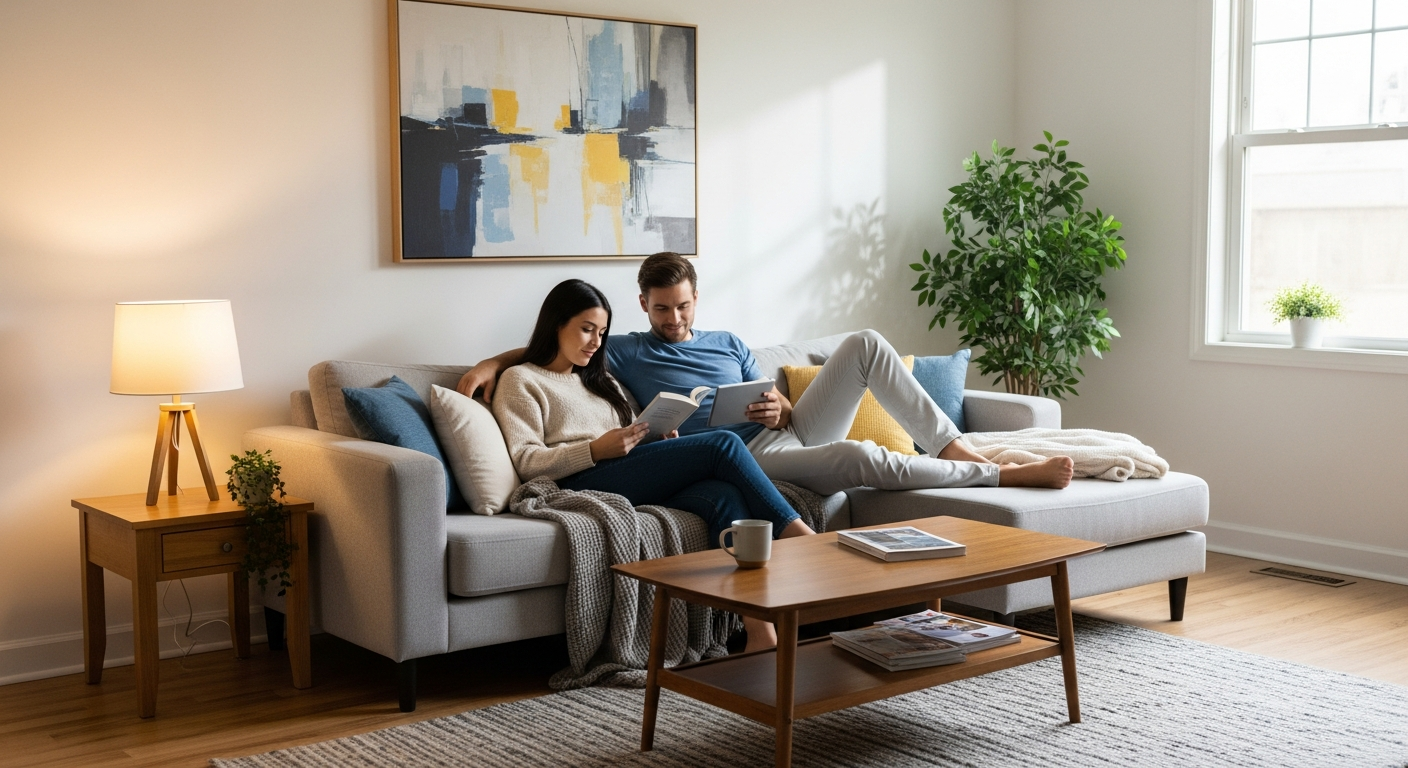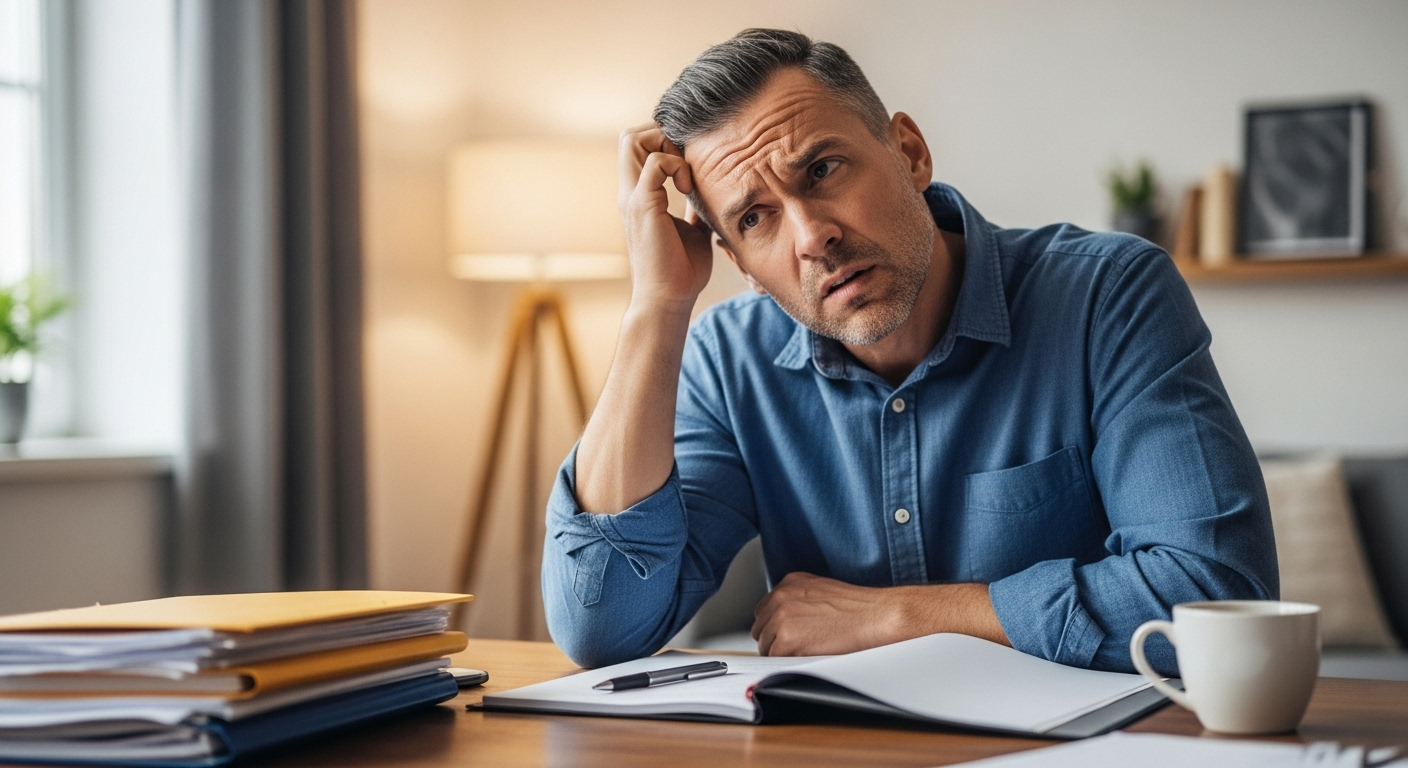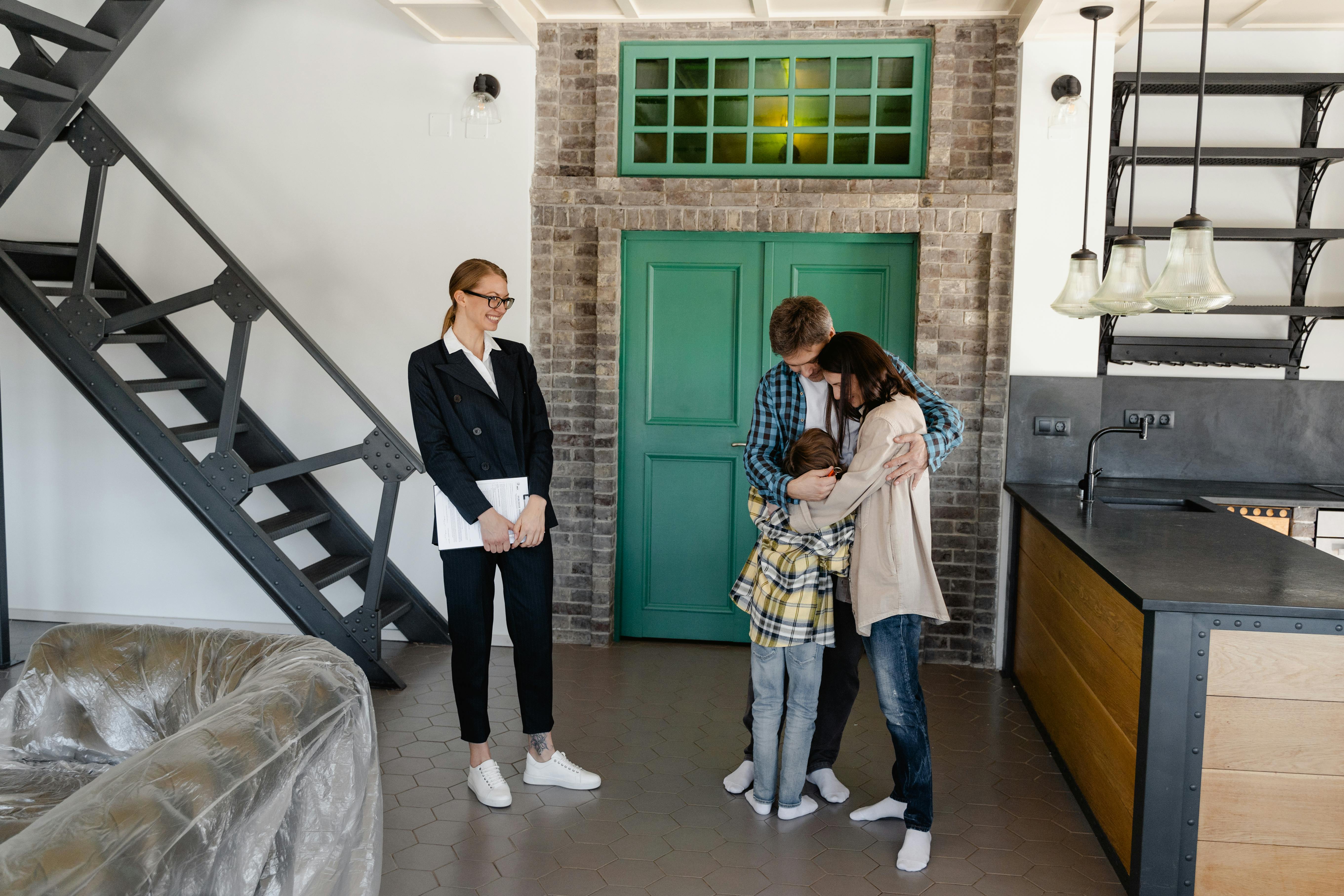What to know
If you are looking to sell a property, it’s probably a good time to go over the steps involved in the selling conveyancing process, so you know what to expect and when you need to do things in the process.
First thing - have you used our online quote tool to get your detailed conveyancing quote? The quote we send you details our fixed cost legal fees and the third party fees you can expect to pay (based on your answers). You can get a full breakdown of the costs in our guide to your online conveyancing quote.
Step by step guide
Step 1 – Starting with the initial instructions from you
The steps involved in the selling conveyancing process differ from when you are buying a property. The process starts with a simple conversation about the sale and we take all the necessary details, allowing us to start the process. You will need to complete initial paperwork relating to the property in the form of a questionnaire (protocol forms) and provide a form of identity.
Step 2 – Getting in touch with your mortgage lender
We apply for your current title deeds for the property from your mortgage lender and request a statement showing how much mortgage is left to repay and any early redemption charges.
Step 3 – Requesting documents from Land Registry
We request copies of the up to date electronic deeds (as known as official copies) from Land Registry. This will be included in your quote under standard third party fees.
Step 4 – Preparation of draft contract
At this stage we prepare the draft contract for the sale of your property. This will be sent to the buyer’s representative along with the official copies, protocol forms and all copies of relevant documents. You should expect it to take about a week for the buyer’s representative to read through and check the contract paperwork.
Step 5 – Enquiries raised by buyer’s representative
The buyer’s representative will be carrying out the searches requested by the buyer and they will review the paperwork we sent to them. If they have any questions about the property or the paperwork, they will get in touch with us and we may need to get in touch where we need answers to those questions.
Step 6 – Agree on a completion date
Once the buyer’s representative is happy with the responses to their queries, we will be able to arrange a date for signing of paperwork and a completion date. This is the date agreed by all the parties involved in the transaction. At this point the buyer will transfer the deposit (usually 10%) to their representative, this is the point at which we prepare for the exchange of contracts.
Step 7 – Exchange of contracts
When the exchange of contracts happens the transaction and completion dates become legally binding. The deposit will be transferred to us by the buyer’s representative and then we will request a final redemption statement from the lender.
Step 8 – Final step in the conveyancing selling process
Moving day signifies the end of the conveyancing process and when we have received the full balance of the sale price from the buyer’s solicitor. You are required to leave the keys with the estate agent, who will only release them to the buyer when the funds have been received. Your existing mortgage will be repaid and all fees settled from the sale proceeds. If there is a remaining balance it will be sent to you.
Congratulations you are ready to move!









.png)








